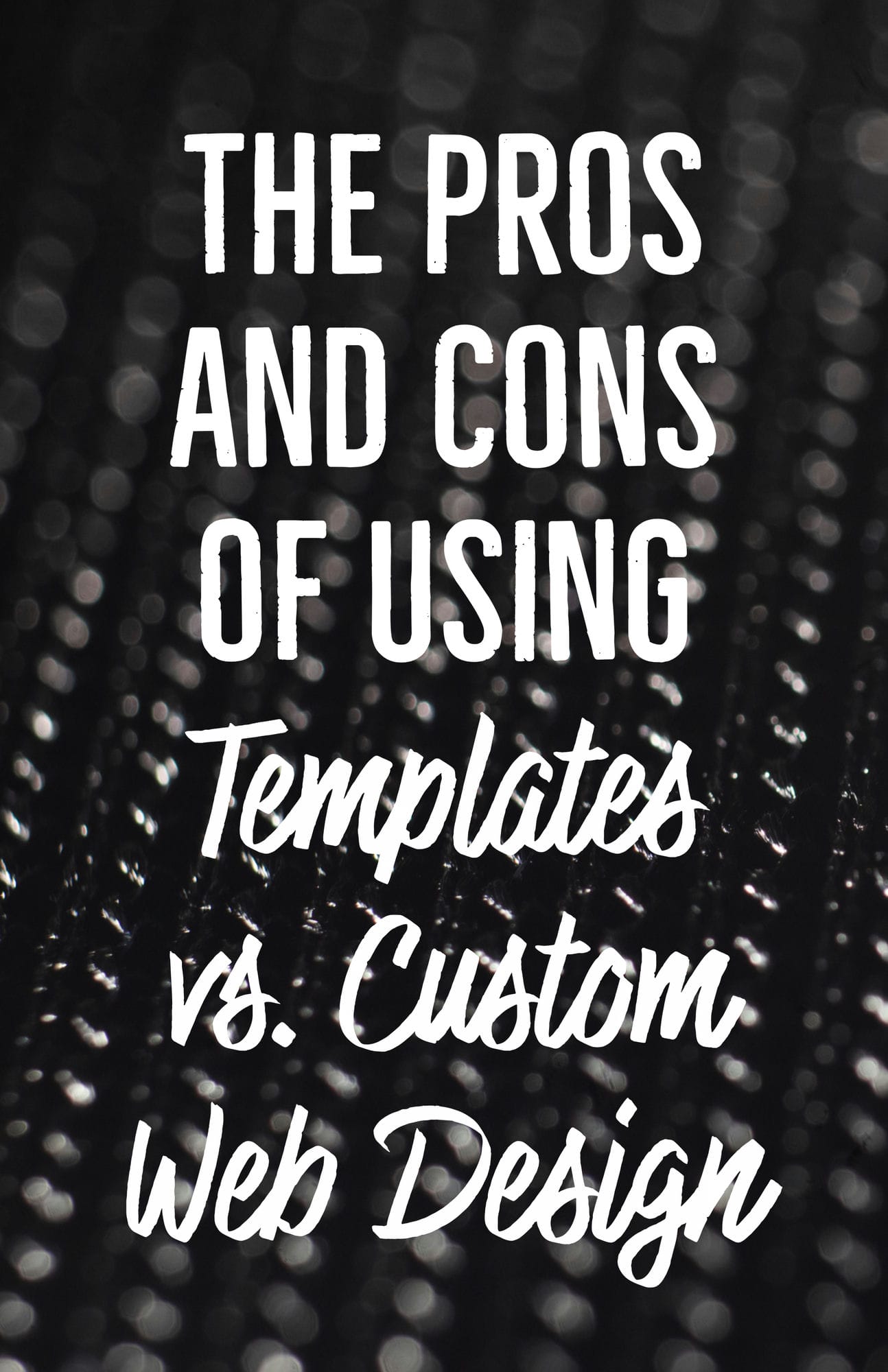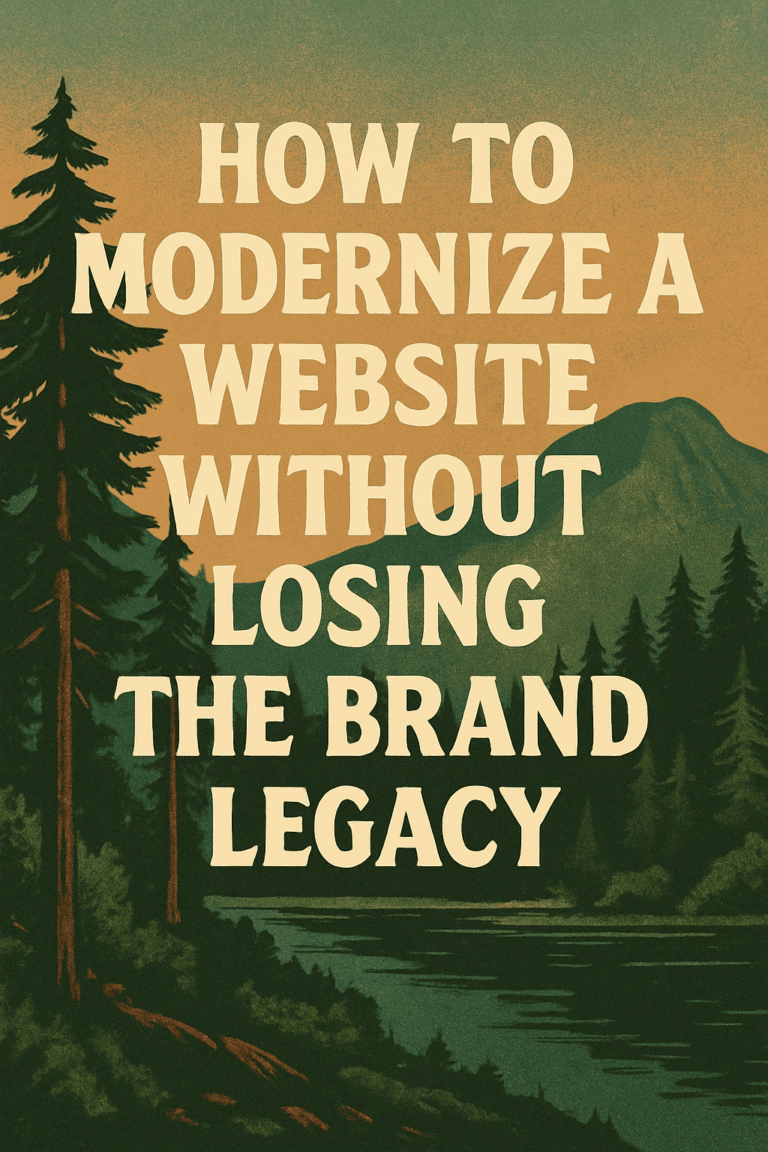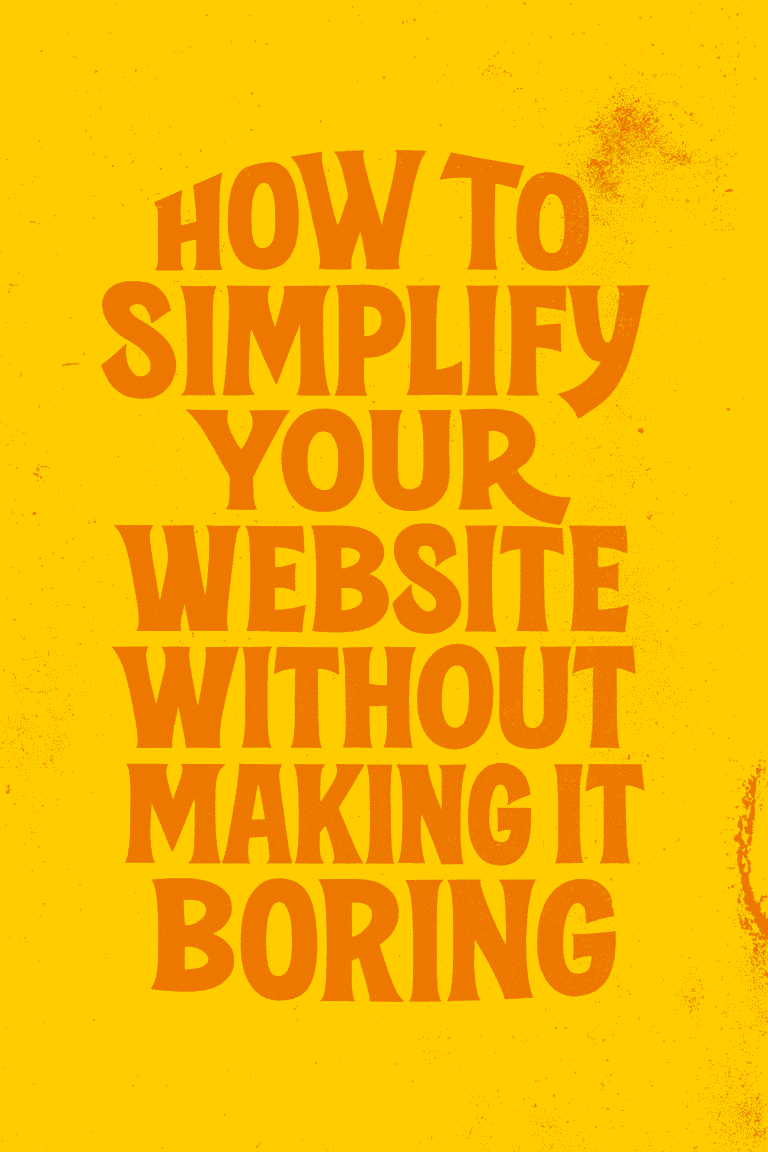
If you’re a marketer looking to build a website, you may be wondering whether you should use a template or invest in a custom design. Templates offer a convenient, low-cost option for creating a website quickly and with minimal effort. On the other hand, custom web design provides a unique, tailored solution that aligns perfectly with your brand identity. Each option has its own set of advantages and disadvantages. In this post, we’ll weigh up the pros and cons of templates vs. custom web design.
The Pros of Using Templates
- Cost-effective: Templates are generally less expensive than custom web design, making them a budget-friendly option for marketers who need a website quickly.
- Easy to set up: With a template, you can have a functional website up and running in no time. Most templates come with easy-to-use customization tools, enabling you to tweak the design to your liking.
- Large selection: There is a vast array of templates available to suit various industries and niches, making it more likely that you’ll find one that aligns with your marketing needs.
The Cons of Using Templates
- Limited customization: Templates offer a finite number of customization options, meaning you may need to compromise on certain design elements that are crucial to your brand identity.
- Potential for a generic look: Many templates are replicated by countless other websites, which can lead to a lack of originality and differentiation from competitors.
The Pros of Custom Web Design
- Built to fit your brand: With custom web design, the website is built from scratch to perfectly align with your brand identity, ensuring a cohesive look and feel across all digital touchpoints.
- Increased flexibility: A custom-designed website offers greater flexibility in terms of design, functionality, and future scalability.
- Better UX and SEO: Custom websites can be tailored to optimize user experience and search engine performance, potentially resulting in higher search rankings and increased user engagement.
The Cons of Custom Web Design
- Higher upfront costs: Compared to templates, custom web design generally carries a higher initial investment.
- Longer development time: A custom website usually takes longer to design and develop than a templated one, which could be a drawback for marketers who require a website urgently.
- Finding the right web design team: Hiring a skilled and reliable web design team can be challenging and time-consuming.
The Cost of Using Templates
The cost of using templates can range from free to a few hundred dollars, depending on factors such as the template provider, the level of customization required, and any additional features or support services needed. If you need the services of a web design company to install and customize the template, this will add cost on top.
The Cost of Custom Web Design
In comparison, the cost of custom web design can vary widely, depending on the scope and complexity of the project, the skills of the design team, and the level of ongoing support desired. Basic custom web design packages may start from around $6,000, with more comprehensive and feature-rich designs starting at $10,000 and going up from there.
The Design Process for Templates
The design process for templates typically involves:
- Choosing a template: Browse through available templates and select one that fits your brand and marketing goals.
- Customizing the template: Modify the template’s design elements, such as colors, fonts, and layout, to create a website with your brand identity.
- Testing: Test the website on different devices and browsers to ensure it runs smoothly across all platforms.
The Design Process for Custom Web Design
By contrast, custom web design usually follows these steps:
- Planning: Discuss the project requirements with the design team and establish a timeline for completion.
- Wireframe: Create the site’s basic structure and establish the layout.
- Design: The design team creates website mockups and prototypes for client review.
- Development: The design team builds the website, incorporating any necessary features or functionality that was agreed upon in the planning stage.
- Testing: Test the website on different devices and browsers to ensure it runs smoothly across all platforms.
- Maintenance: Provide ongoing maintenance and support to ensure the website remains secure and up-to-date.
The Level of Customization Offered by Templates
Templates offer a good degree of customization options, allowing you to change the look and feel of the website according to your brand identity. However, some templates may be more limited in terms of design and functionality than others. If you require complex features or extensive customizations, it may be worth investing in custom web design instead.
The Level of Customization Offered by Custom Web Design
Custom web design offers a high degree of customization, allowing you to create a website that is tailored entirely to your needs. From custom layouts and color schemes, to complex features and functionality, there’s no limit to what you can create with custom web design. It also allows for future scalability and flexibility in terms of design changes or updates.
The Speed of Implementation for Templates
Templates can be implemented quickly, typically within a few days or weeks depending on the complexity of the template and any customization required.
The Speed of Implementation for Custom Web Design
Custom web design usually takes longer to implement than templates, due to the planning, development and testing stages involved in the process. Although custom web design tends to take more time, the end result is often worth the wait.
The Flexibility of Templates
Templates offer a certain degree of flexibility, allowing you to customize the look and feel of your website. However, there are limits to how much you can modify the template, as you’ll have to work within the framework of its existing design and coding structure.
The Flexibility of Custom Web Design
Custom web design offers much greater flexibility than templates, allowing you to create a website tailored to your exact needs. This means that if you want to change the design or add new features at any point in the future, you’ll be able to do so without having to start from scratch.
Which Option Is Best for Your Marketing Needs?
When deciding between a template or custom web design for your website, it’s important to consider your specific marketing needs. Each option has its own advantages and disadvantages, so it’s important to weigh both before making a decision.
Templates can be a great choice if you’re looking for something simple and cost-effective, as they can be implemented quickly and offer a good degree of customization options. However, if you require complex features or extensive customizations, it may be worth investing in custom web design instead. Custom web design offers much greater flexibility and scalability than templates, allowing you to create a website tailored to your exact needs.
Ultimately, the decision between templates and custom web design depends on your specific needs and budget. If you’re still unsure which option is best for your project, it’s always worth consulting a professional web design agency to help you make the right choice.
When it comes to creating your business’s website, you know how important it is to get it right. Having a website that works efficiently and looks great will help to draw in potential customers and build trust in your brand. Whether you choose a template or go for custom web design, it’s essential to work with an experienced web designer to ensure that your website is both attractive and functional. At Graticle, we offer both template and custom web design services to meet your specific needs. Whether you’re looking for a basic website or an advanced ecommerce solution, we can help you make the most of your online presence. Get in touch today to discuss your project and find out how we can help. Call (360) 450-3711





